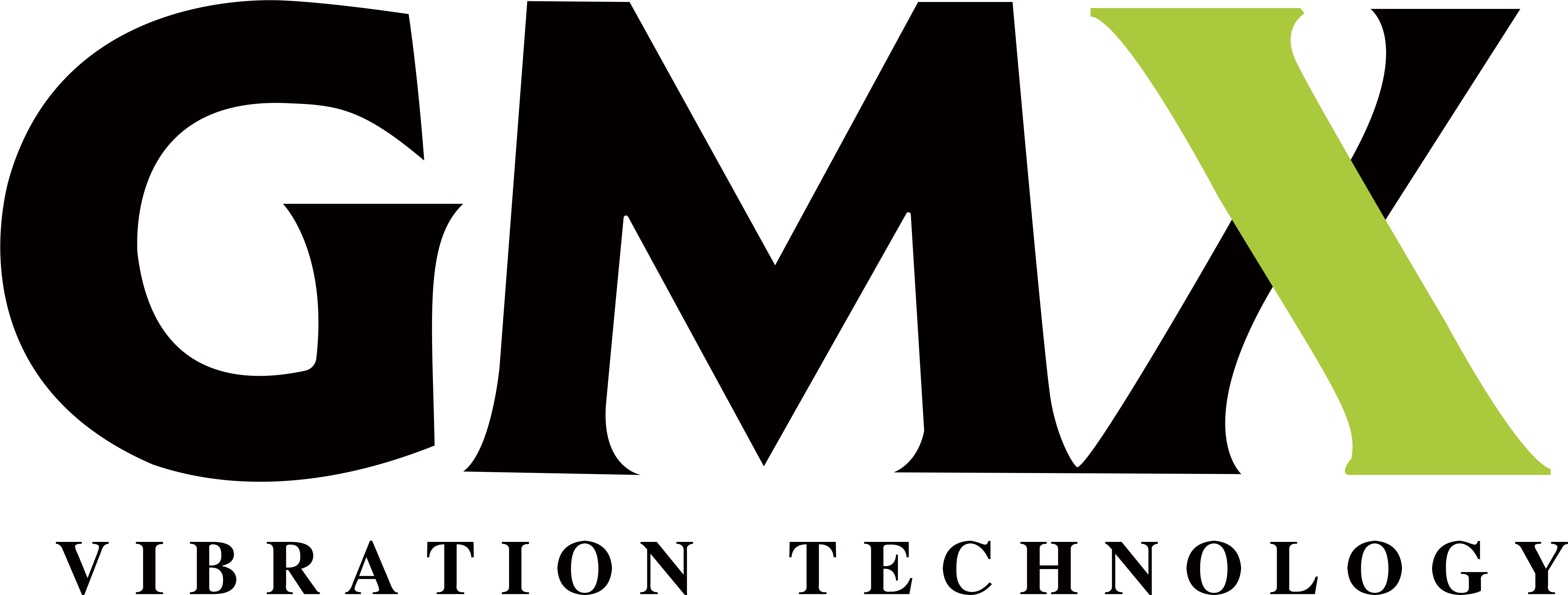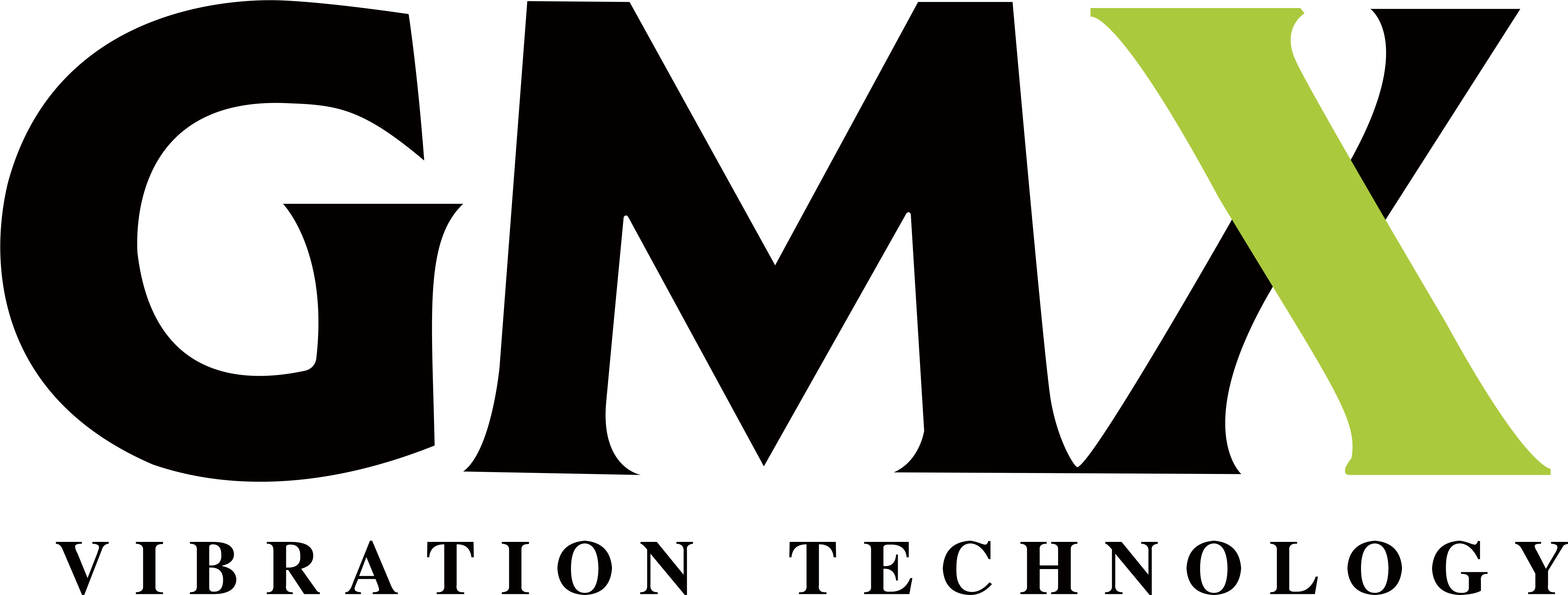Vibrating screening machines have become indispensable tools in industries that demand precision, efficiency, and reliability in material separation. From extracting valuable minerals in mining to ensuring contamination-free products in food processing, these machines are driving transformative changes. In 2025, advancements in automation, sustainability, and industry-specific designs are propelling vibrating screens to new heights, enabling businesses to achieve higher productivity and meet stringent regulatory standards. This article explores how vibrating screening machines are revolutionizing mining and food processing, highlighting cutting-edge technologies, practical applications, and the unmatched solutions offered by industry leader GMX.
The Evolution of Vibrating Screening Technology
The journey of vibrating screening machines began in the early 20th century with rudimentary manual screens used in mining. By the time of the Great Depression, innovations like gyratory motion screens laid the groundwork for modern designs. Today, vibrating screens have evolved into sophisticated systems that combine high-frequency vibrations, IoT integration, and durable materials to deliver unparalleled performance.
Modern advancements include high-frequency vibrating screens operating at 1500–9000 RPM, enabling precise separation of fine particles down to micrometer sizes. IoT-enabled systems allow real-time monitoring of screen performance, predicting maintenance needs before breakdowns occur. Self-cleaning meshes, made from materials like polyurethane and rubber, tackle issues like blinding (clogging of screen openings) and pegging (material stuck in mesh holes). These innovations have reduced energy consumption by up to 20% and maintenance costs by 15%, according to industry studies, making vibrating screens more efficient and cost-effective than ever.
Revolutionizing Mining: Precision and Productivity
In the mining industry, vibrating screening machines are critical for processing raw materials like iron ore, gold, lithium, and coal. These machines perform tasks such as scalping (removing oversized material), classifying (sorting by size), and dewatering (removing moisture from tailings). Their ability to handle high volumes—sometimes exceeding 3,000 tons per hour—makes them essential for large-scale operations.
Key Applications in Mining
Linear motion screens, such as those from Haver & Boecker Niagara, are widely used for their robust design and ability to process abrasive materials. Multi-deck high-frequency screens, like Metso’s Outotec models, excel in fine particle separation, crucial for recovering valuable minerals like lithium, which is in high demand for electric vehicle batteries. Banana screens, with their curved decks, are particularly effective for high-volume coal and ore beneficiation, achieving up to 30% higher throughput than traditional flat screens.
Benefits for Mining Operations
The adoption of modern vibrating screens has transformed mining efficiency. For example, polyurethane mesh screens last up to 10 times longer than traditional steel meshes, reducing replacement costs and downtime. IoT integration allows operators to monitor vibration amplitude and screen wear remotely, minimizing unexpected failures. A case study from a South African coal mine showed that implementing a high-frequency vibrating screen increased coal recovery rates by 12%, saving millions annually. Additionally, modular screen designs enable quick panel replacements, cutting maintenance time by up to 40%.
These advancements align with the mining industry’s push for sustainability. Vibrating screens with low-energy motors and recyclable materials reduce environmental impact, while high recovery rates minimize waste. As global demand for minerals grows, particularly for renewable energy applications, vibrating screens are pivotal in meeting production targets efficiently.
Transforming Food Processing: Hygiene and Efficiency
In food processing, vibrating screening machines ensure product quality and safety by separating powders, granules, and liquids with precision. From sifting flour to screening cocoa mass, these machines meet stringent hygiene standards, such as Good Manufacturing Practices (GMP) and FDA regulations, to prevent contamination and ensure consumer safety.
Role in Food Processing
Vibrating screens handle a wide range of materials, including sugar, spices, dairy powders, and liquid chocolate. For instance, Allgaier’s VRS vibrating screens are designed with smooth, crevice-free surfaces to prevent bacterial growth. Heated screens maintain material flow for viscous products like chocolate, while ultrasonic deblinding systems use high-frequency waves to prevent mesh clogging, ensuring continuous operation. These features are critical for high-throughput production lines processing up to 10 tons of material per hour.
Benefits for Food Processing
Hygienic designs are a game-changer in food processing. Screens made from stainless steel (SS316L) resist corrosion and are easy to clean, reducing downtime between batches. Ultrasonic deblinding increases screening efficiency by up to 20%, particularly for fine powders like flour, which tend to clog traditional meshes. A case study from a European cocoa processing plant showed that implementing an ultrasonic vibrating screen reduced cleaning time by 50% and improved product purity by 98%. Compliance with FDA standards ensures that screens meet global food safety requirements, giving manufacturers confidence in their production processes.
Moreover, vibrating screens enhance efficiency by automating material separation. Multi-deck designs allow simultaneous sorting of multiple particle sizes, streamlining production and reducing labor costs. These advancements enable food processors to meet rising consumer demand for high-quality, safe products.
Sustainability and Cost Efficiency
Sustainability is a growing priority in both mining and food processing, and vibrating screening machines are at the forefront of this shift. Modern screens incorporate low-energy motors that consume up to 25% less power than older models, reducing operational costs and carbon footprints. Recyclable screen media, such as polyurethane and rubber, extend equipment lifespan and minimize waste. For example, polyurethane screens can be recycled at the end of their life cycle, aligning with circular economy principles.
Cost Savings
The financial benefits of modern vibrating screens are significant. Modular screen panels, which interlock without bolts, allow quick replacements, reducing downtime by up to 50%. Automated monitoring systems detect wear early, preventing costly breakdowns. In mining, high-throughput screens reduce the need for multiple machines, lowering capital expenditure. In food processing, hygienic designs minimize cleaning time, boosting productivity. Industry data suggests that businesses adopting these technologies can achieve a return on investment within 12–18 months.
Future Trends
Looking to 2025, the integration of artificial intelligence (AI) and machine learning will further optimize vibrating screens. AI-driven systems can adjust vibration patterns in real-time to maximize efficiency for specific materials. For instance, predictive algorithms can fine-tune screen settings to handle varying ore grades in mining or different viscosities in food processing. These advancements will drive further cost savings and environmental benefits, positioning vibrating screens as a cornerstone of smart manufacturing.
Challenges and Solutions
Despite their advantages, vibrating screening machines face challenges like blinding and pegging, particularly in mining where abrasive materials can clog meshes. In food processing, sticky or fine materials like sugar syrups pose similar issues. Additionally, high wear in mining applications can lead to frequent screen replacements, increasing costs.
Solutions to Common Challenges
Manufacturers have developed innovative solutions to address these issues. Self-cleaning meshes, such as flexing polyurethane panels, vibrate independently to dislodge stuck particles, reducing blinding by up to 80%. High G-force vibrations (up to 10G) enhance material flow, preventing pegging in wet or sticky applications. In mining, advanced materials like rubber-lined decks withstand abrasive ores, extending screen life by up to 12 months. In food processing, ultrasonic systems and heated decks ensure continuous operation for viscous materials.
Industry-Specific Adaptations
Vibrating screens are tailored to meet the unique needs of each industry. In mining, heavy-duty screens with reinforced frames handle large, abrasive materials, while in food processing, lightweight, hygienic designs prioritize ease of cleaning. These adaptations ensure optimal performance, whether processing coarse ores or delicate food powders.
Why Choose GMX for Vibrating Screening Solutions
Vibrating screening machines are revolutionizing mining and food processing by delivering precision, efficiency, and sustainability. In mining, they boost productivity and mineral recovery, while in food processing, they ensure hygiene and streamline production. Innovations like high-frequency vibrations, IoT integration, and self-cleaning meshes address longstanding challenges, while eco-friendly designs align with global sustainability goals. As the industry evolves toward smarter, AI-driven solutions in 2025, vibrating screens will remain essential for meeting growing demands.
Among the leading manufacturers, GMX stands out as a trusted partner for both mining and food processing industries. Based in Shanghai, China, GMX boasts over 15 years of experience and a 15,000 m² state-of-the-art facility staffed by 120+ professionals. Serving over 40 countries, GMX is certified with ISO 9001:2015 and CE, ensuring compliance with global standards. Their vibrating screening machines are equipped with IoT-enabled predictive maintenance, customizable designs, and eco-friendly features, making them ideal for diverse applications.
GMX’s commitment to innovation is evident in their ultrasonic vibrating screens for food processing, which ensure contamination-free production, and their high-frequency linear screens for mining, which maximize mineral recovery. With 24/7 customer support and rapid delivery, GMX provides tailored solutions that enhance efficiency and reduce costs. To explore how GMX can transform your operations, contact them at info@gmxvibra.com or visit www.gmxvibra.com for a personalized quote.


